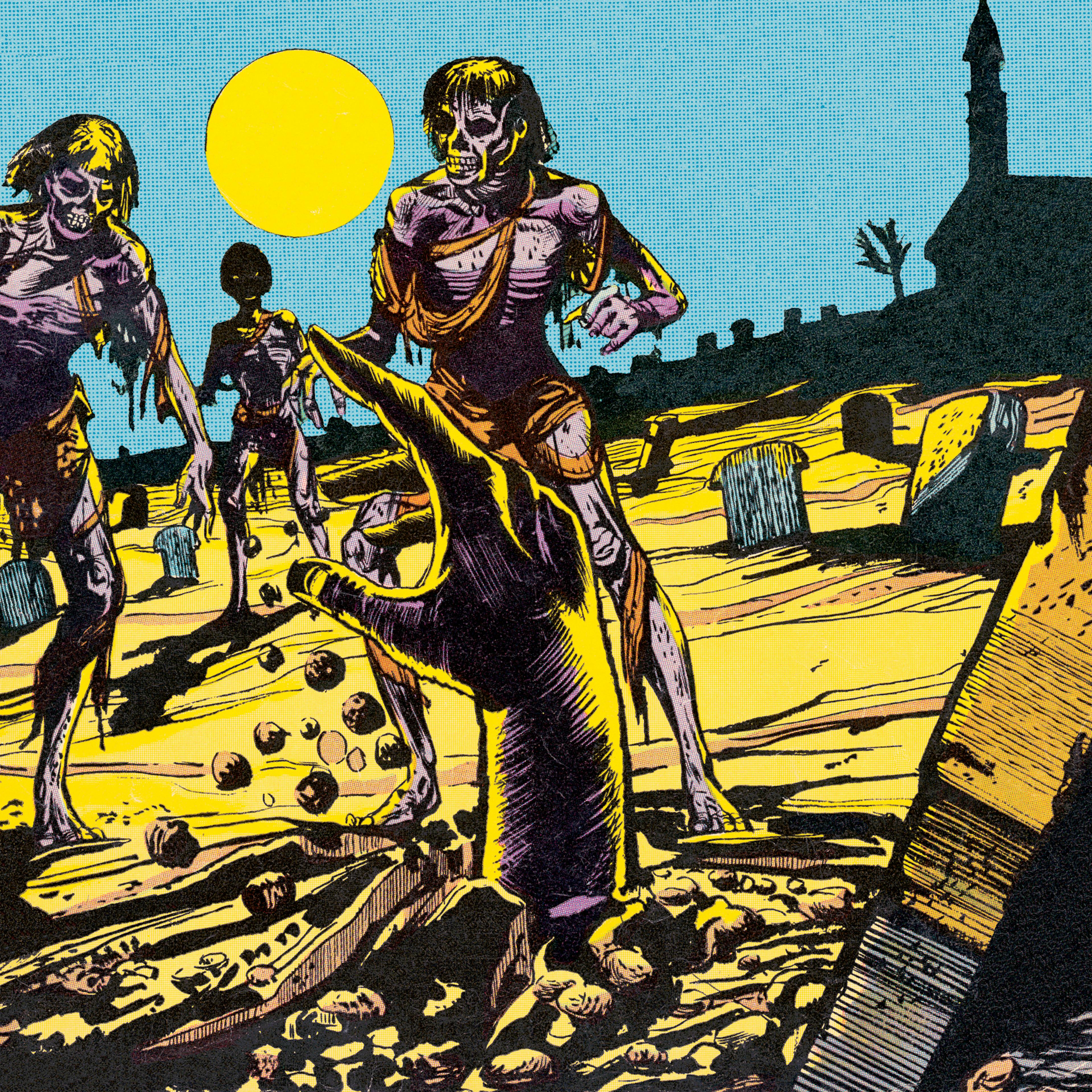Americans love to hate horror movies, but they still can’t look away
Horror has stormed the box office in 2025, as audiences return screaming to scary screenings.
Audiences often seem surprised when scary movies — particularly low-budget, gore-intensive, numeral-heavy titles — become blockbuster hits.
And yet, moviegoers continually flock to screens to see fight-or-flight-fueling films. Universal and Blumhouse’s “Black Phone 2” is just the latest example, having opened to an estimate-exceeding $27.3 million at the domestic box office last weekend, jump-starting a sluggish October for theaters (down 11% from the same point last year, per Comscore, at the time of writing).
For many Americans pondering horror’s remarkable box office performance: the call is coming from inside the house.
Shock, horror
This year has already seen a string of huge successes for the genre. Vampiric flick “Sinners,” which opened to a phenomenal $48 million back in April, and this summer’s “Weapons,” which achieved a perfect critical rating on Rotten Tomatoes before it hit cinemas, both performed far better on the big screen than expected. Meanwhile, “The Conjuring: Last Rites,” the ninth installment in the franchise, has made a staggering $482 million around the world since its September release, making it the second-highest-grossing horror film of all time.
Now, as we enter the full throes of spooky season, the horror genre is even closer to a record-breaking 2025. Looking at data from The Numbers, the share of ticket sales for horror movies at the US box office was at an all-time high of 17.2% as of October 21 — up from the already impressive 14.4% share that we charted just two months ago.
October typically marks the busiest month for horror, with Netflix’s “Frankenstein” currently in the midst of its limited theatrical release and buzzy production house Neon’s “Shelby Oaks” landing on US screens this week.
Perhaps more so in 2025 than ever before, it appears horror isn’t just for Halloween: the sequel to surprise hit “Five Nights at Freddy’s” is slated for December, while “28 Years Later: The Bone Temple” is expected to premiere next January — only seven months after its precursor’s release.
Too cool for ghoul
You’d think that the overwhelming demand for Hollywood horror (a major contributor to a pretty promising year at the box office thus far) might reflect a newfound, widespread appetite for the genre in modern America.
However, a recent YouGov survey found that horror was not only the most divisive genre of film — with 22% of US adults saying they hated horror, 3x as much as the next category — it was also considered by 30% of Americans to be overrated by movie critics.
Since their inception, horror movies have split audiences. (The same survey also found that, among those who reported being fans of horror, 48% said they love it.) From crowds screaming at “Psycho” in the 1960s, to hordes of viewers fleeing screenings of “The Exorcist,” to petrified reactions being used to promote the recent “Terrifier” series, some people have always had adverse reactions to scary films. For others, the shock and fear is all part of the appeal in the first place.
The idea of horror being seen as “overrated,” on the other hand, might be a more modern phenomenon. Much has been written in previous years about the genre being critically snubbed, and mainstream recognition of “elevated” horror only really kicked up a notch with the release of Jordan Peele’s 2017 movie “Get Out.”
But when comparing the audience scores against critic scores on movie review site Rotten Tomatoes for the top 50 highest-grossing horror movies of all time, it’s clear that the general population actually often views scary movies more favorably than most professional reviewers.
Though most agree on broadly well-regarded films like “It” (2017) and “The Silence of the Lambs” (1991), there’s a whole host of successful horror franchises that critics can’t seem to stand, and audiences can’t help but enjoy. For example, “Five Nights at Freddy’s” (2023) scored a 33% share of positive ratings from 215 critics, but 86% across more than 2,500 users.
Even so, with the movie industry still nursing its wounds from the pandemic, Hollywood is likely to keep making “overrated” movies (that are somehow also critically panned), which many people can’t stand (though they somehow still make hundreds of millions of dollars), so long as viewers keep on filling theaters.
